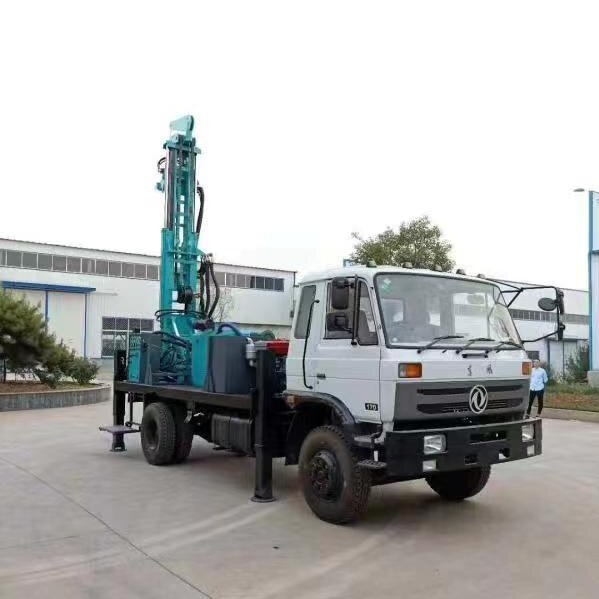When choosing an air compressor for water well drilling rigs, you need to combine the drilling operation requirements and geological conditions, and the following are the key purchase points:
1. Selection according to geological conditions
Loose stratum (e.g. sand layer, soil layer): the air consumption and pressure requirements are low, and air compressors with medium exhaust volume and pressure can be selected.
Hard rock stratum: high pressure and high flow rate compressor is needed, which can discharge rock chips more effectively and provide enough power.
Deep well drilling: choose air compressor with large displacement (≥20m³/min) and high pressure (≥15bar) to ensure drilling efficiency.
2. Selection according to drilling depth
Shallow wells (<100 meters): air compressors with low displacement (5-10m³/min) and medium pressure (7-12bar) can be selected.
Medium-deep wells (100-300 meters): air compressors with medium-high displacement (10-20m³/min) and medium-high pressure (12-15bar) are required.
Deep wells (>300 meters): high displacement (≥20m³/min), high pressure (≥15-25bar) air compressors are required.
3. Recommended types of air compressors
Screw air compressor: suitable for continuous operation, high efficiency and stable operation. Commonly used in hard rock stratum and deep well drilling.
Diesel mobile air compressor: suitable for field or non-electricity area, with strong mobility, commonly used in water well drilling rigs.
Electric air compressor: suitable for areas with electricity supply, low running cost, but requires external power supply.
4. Key Performance Parameters
Discharge volume (m³/min): determines the speed of discharging rock chips, which should be slightly higher than the actual air demand (10%-20%).
Working pressure (bar): related to geology and drilling depth, make sure it can meet the downhole pressure demand.
Energy efficiency ratio: Choose a compressor with high energy efficiency to reduce long term costs.
Summarize: hard rock or deep well drilling needs high displacement and high pressure air compressor; loose stratum or shallow well can choose low displacement air compressor; diesel mobile air compressor is a common configuration for water well drilling rigs, and efficiency and economy need to be considered comprehensively.
If you don't know how to choose the right water well drilling rig, click the link below to contact our professional team directly.

Comments
Post a Comment